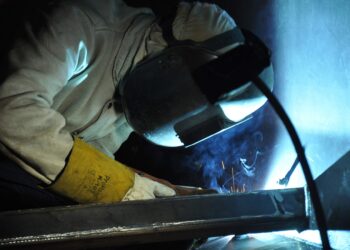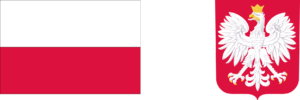Archaeologists in western Bohemia have announced an extraordinary discovery: nearly 500 gold and silver Celtic coins, accompanied by gold and bronze jewellery, dating from the 6th to the 1st century B.C. The find is regarded as exceptional not only within the Czech Republic but across Central Europe.
The first clue emerged in 2021, when an amateur archaeologist using a metal detector uncovered a fragment of a golden coin from the 2nd century B.C. in the Pilsen region and promptly reported it to authorities. Because such coins are rarely found in this area, the discovery triggered a comprehensive survey of the site, explains Pavel Kodera, director of the Museum and Gallery of the Northern Pilsen Region in Mariánská Týnice.
“It turned out that the site contains a large number of primarily small metal objects, very interesting artefacts, mostly coins but not only coins,” Kodera said. “There are gold ingots, chopped pieces of metal, even raw gold in flakes and lumps. Other finds include gold earrings, fragments of bracelets, and similar items.”
What makes the site particularly unusual, Kodera noted, is its location in an agricultural field that has been continuously cultivated for centuries. Excavations can only take place after the harvest and before the land is sown again.
Although most of the coins are tiny—ranging from just 7 millimetres to 1.5 centimetres—their imagery is striking. “The images are essentially works of art,” said Kodera. “They touch on mythology and Celtic thought, offering a glimpse into the mindset of the people living here at the time. Horses, boars, the sun, and symbols of Celtic deities can be identified. Many coins were modelled on Hellenistic designs, even featuring portraits inspired by Greek coins.”
Unlike other Celtic sites in Czechia, many of which were looted in past centuries, this location remains intact, and its exact whereabouts are being kept secret. “Essentially, it is a place where Celtic civilization operated over a very long period—several centuries,” Kodera explained. “But we still do not know how. We have found no settlement structures to suggest permanent habitation. It might have been a seasonal gathering spot, perhaps for trade or religious rituals, or even a regular marketplace. The sheer number of coins points to economic activity, whether everyday transactions or ritual offerings.”
Archaeologists from the Pilsen region are now collaborating with the Archaeological Institute of the Czech Academy of Sciences in Prague. Modern isotope analysis may reveal whether the gold was sourced locally or imported from distant markets.
Part of the treasure is already on display at the Museum and Gallery of the Northern Pilsen Region in Mariánská Týnice, featured in an exhibition titled Unclear Report on the Celts in Northern Pilsen.






